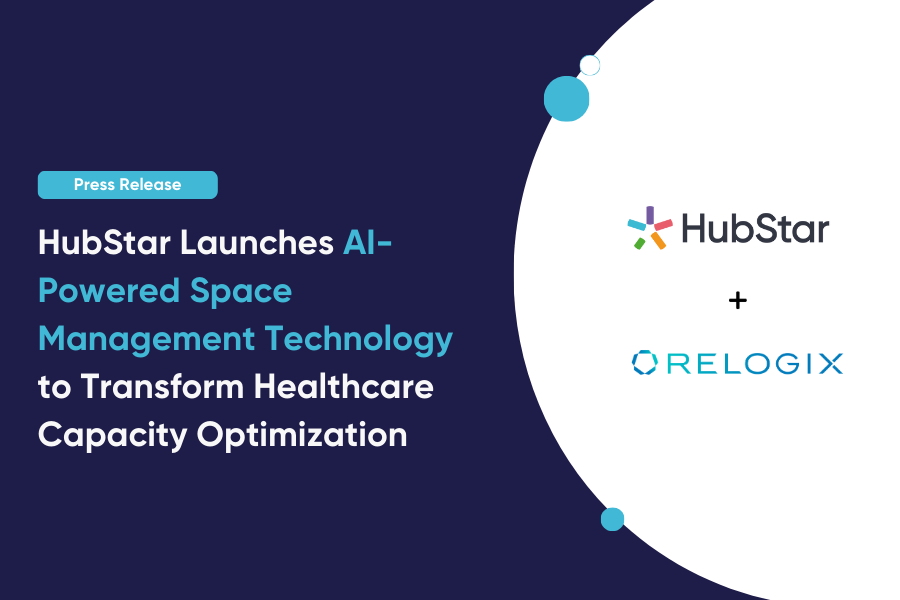Why your workplace strategy loves space utilization data

Workplace strategy is on a surge in recent years as more companies recognize the role the office can play in attracting and retaining employees. In the end, it’s the main place where the employee physically experiences the company brand. More and more companies recognize the role the office plays in the employee experience, and providing employees with the means they need to best do their jobs.
At the same time, over the past years, experts have been tumbling over each other, debating open plan offices and alternatives.
Especially one recent Harvard Business Review article ‘The Truth About Open Offices’ sparked a lot of discussion, with some people claiming 2020 will be the end of open office plans. However, it’s just not that simple. The reality is that there are no easy answers when trying to understand human behaviour, and translating that understanding into space solutions.
The weapon of choice
Office buildings in 2020 need to provide options for their inhabitants. Spaces need to be varied enough to facilitate basic and more complex needs for a diverse group of people, and at the same time also have the ability to adapt to these needs – because they change continuously. In essence, the workplace needs to mirror the needs of its people. And as Tim Oldman, Gensler CEO, says it clearly in the conclusion of his ‘Escaping the hell of hot desking’ on Workplace Insight, ‘people need to be the front and centre focus of workplaces, since the employee is the profit centre, not the real estate footprint.’
Development teams of tech companies have different needs compared to client-facing teams at consulting companies (where employees are often visiting clients). This emphasizes the importance of tailoring the workplace approach to the specific needs of the people. If the employee is the key profit centre, the building is the key place where the employee interacts with the company brand. Enabling them to do whatever it is that they need to do now, and however they may want to do this now or in the future, positions your company for success. This means that you’ll need to make sustainable, long-term decisions, and obtain unbiased information to make informed workplace decisions.
Data-driven workplace strategy decisions
Memoori’s latest Occupancy Analytics report underlines that organizations ‘are looking for new ways to attract and retain the best people and empower them to be productive.’ Shifts in the landscape of work are driving a greater focus on occupant experiences and interactions with buildings.
Yet, many companies struggle to implement workplace strategy changes. CBRE indicates that one of the key reasons is that they fail to accurately gather space utilization data, let alone understand how to leverage it to inform workplace design. Continuous gathering and monitoring of space utilization data, provides the basis for data-driven decision making. But especially, it provides the opportunity to proactively create a workplace strategy that contributes to the company strategy by identifying opportunities in the data.
This is where technology and smart data are already playing a key role for some companies that are frontrunners in their industries. However, with the unparalleled amount of data that is becoming available, challenges will arise. What is often forgotten, perhaps due to seemingly limitless possibilities of technology, is that it is essential to start on this journey with building a business case. The right solution will logically follow when a clear vision exists as to what input is needed to make informed workplace design decisions. As a next step, continuous space utilization data provides the essential basis for making quantitative, data-driven decisions, ensuring workplace strategy success.



